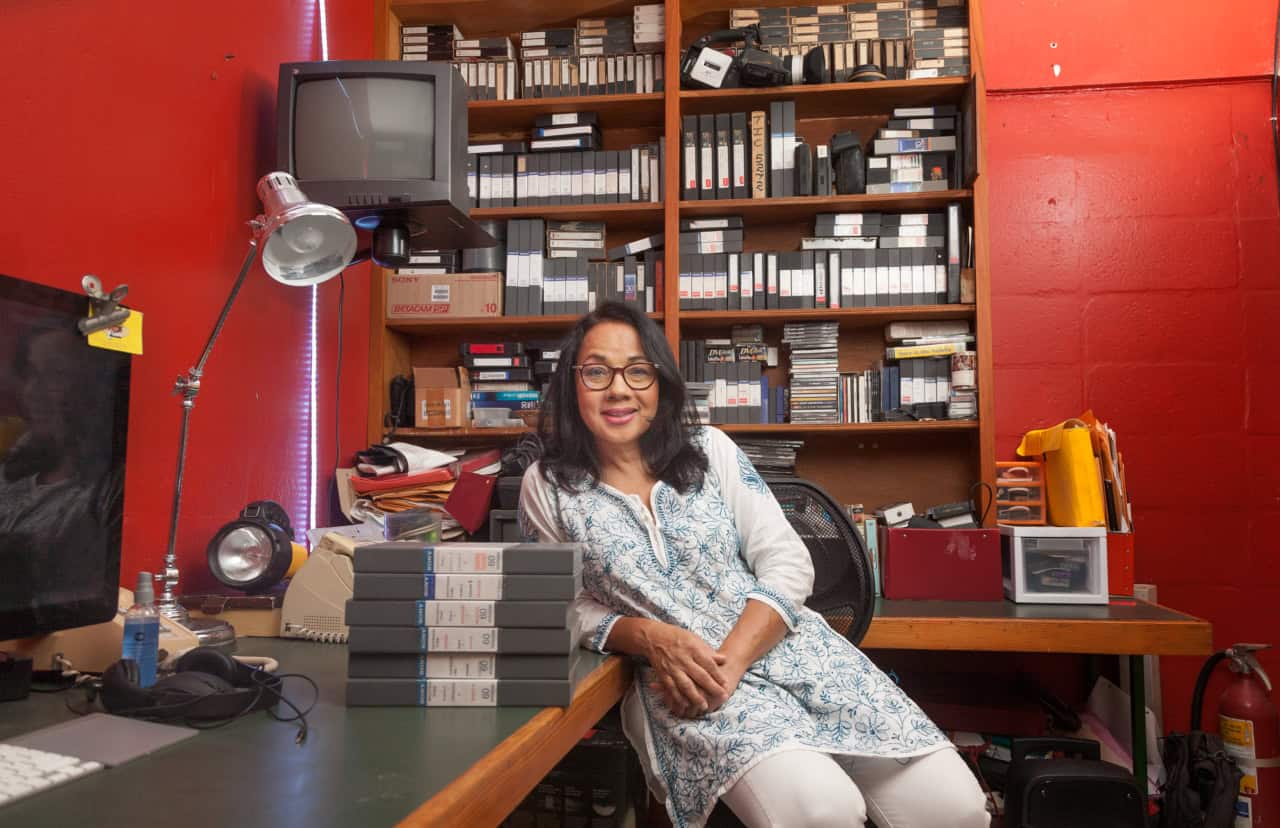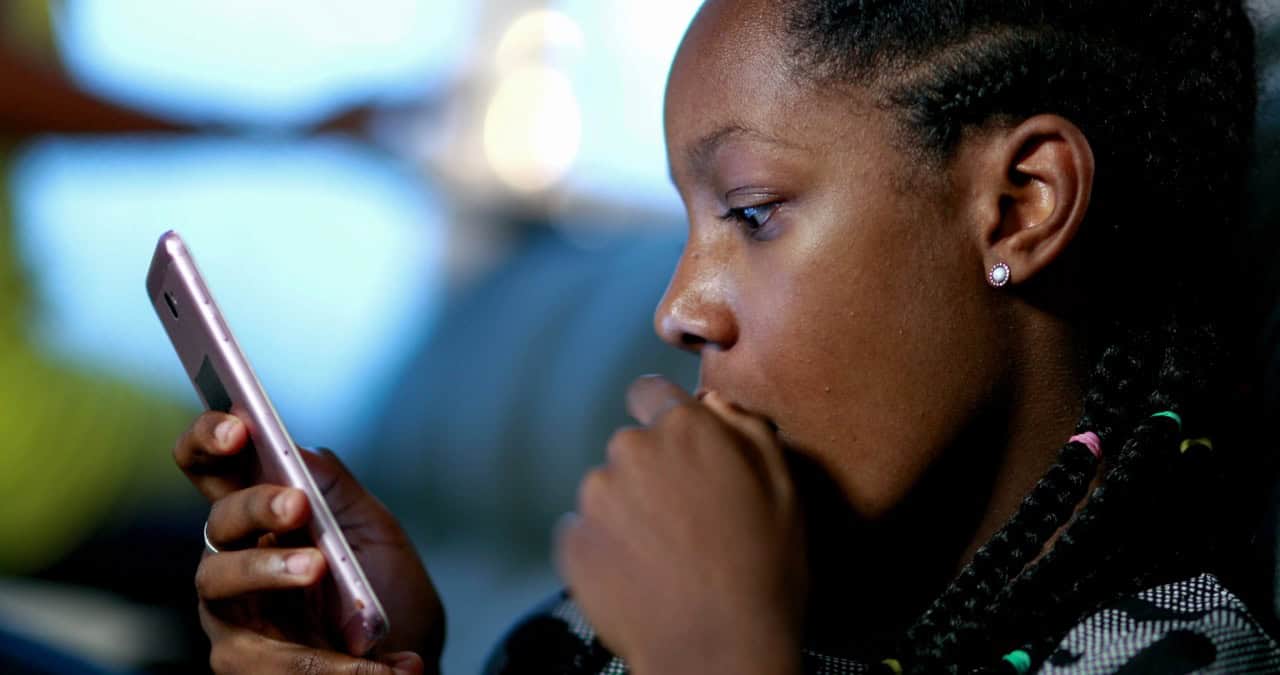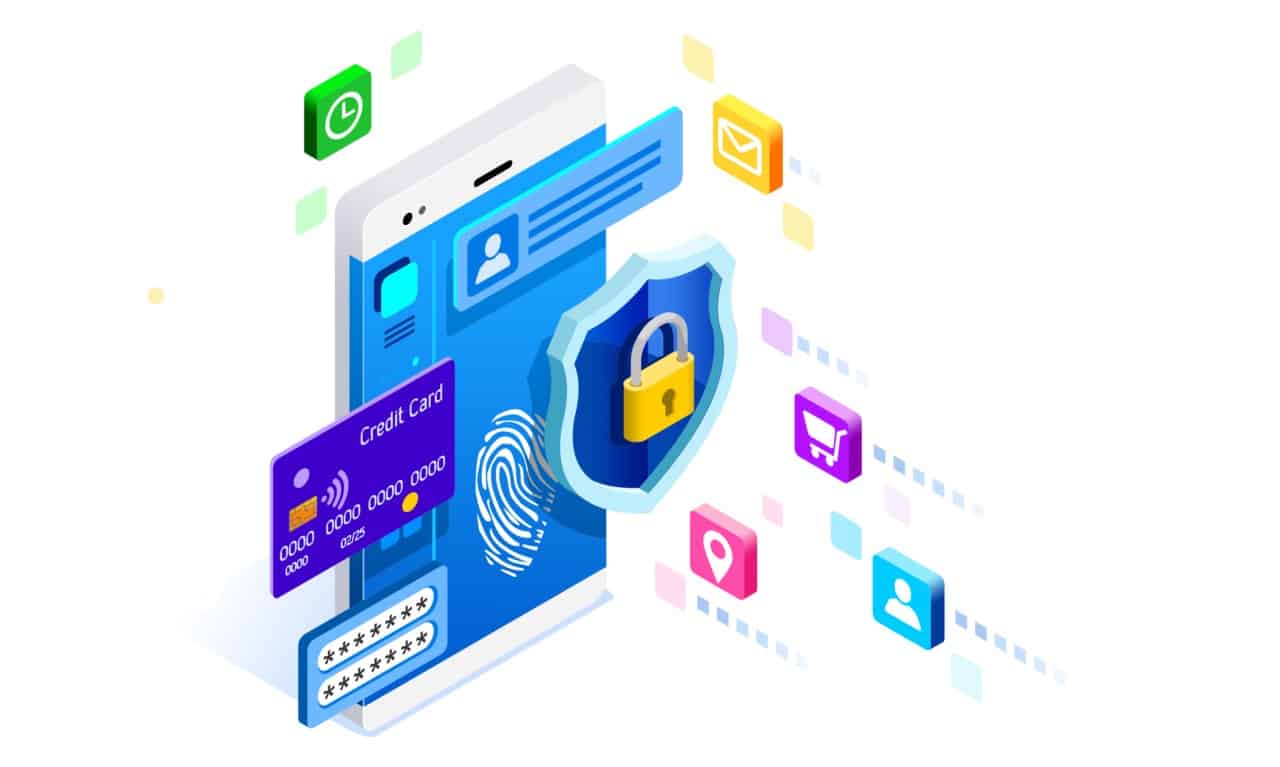
Above: Apple’s new finishes for the iPhone 16. The new button is visible on the first five phones from the right. Photos courtesy Apple.
BitDepth#1476 for September 16, 2024
A week ago, Apple announced upgrades to its iPhone, Apple Watch and AirPods products.
Existing users of these devices and anyone interested in buying into Apple’s formidable ecosystem will find some attractive selling propositions.
Apple isn’t the only company working to fortify and expand an ecosystem of digital devices.
Samsung’s Galaxy Watches tend to connect most usefully to Samsung’s smartphones, despite being declared compatible with other Android smartphones.
Samsung recently announced that it will require users to have a Samsung account to access software on its software store.
The four new iPhones, the base model iPhone 16, along with the 16 Plus, 16 Pro and 16 Pro Max are currently being offered for sale alongside two models each of the iPhone 15, iPhone 14 and the budget model iPhone SE.
The new Apple Watch Series 10 replaces the ninth edition of the company’s smart watch.
The scene stealer of the launch was the updated AirPod Pro, the company’s expensive in-ear headphones that promise a new killer feature – pending FDA approval – that will turn them into over-the-counter (OTC) hearing aids.
America’s Food and Drug Administration began allowing OTC sales of hearing aids in 2022.
Apple is rethinking the new AirPod Pros as tools for the hearing impaired and anyone who suspects they have a hearing problem.
The new AirPod Pros will be the cheapest OTC clinical hearing aid available and it includes diagnostic tools that an iPhone user can use to test their hearing sensitivity.
This is the sort of thing that Apple excels at, changing the conversation around their devices from feature list comparisons to treatises on usefulness.
The company opened their September Apple event with a video clip trumpeting the life and health saving qualities of their mobile and wearable products, a growth segment for these devices.
Whether you use a Samsung or Apple product, it’s ultimately a choice about which slab of metal you put on your wrist and in your pocket.
Mixing and matching the two rival ecosystems is essentially impossible, so it’s the utility of the products combined that makes the biggest difference and should guide your choice of system and devices.
After flirting for years with smartwatches, I was persuaded of their use case by the Galaxy Watch 4. I liked the silent haptic alarms and notifications and grew to appreciate the continuous gathering of health-related data.
Switching to an Apple Watch and iPhone combination delivered similar value, but added some other Apple-specific bonuses.
Incoming calls, for instance, can be answered on any connected Apple device, though the Apple Watch SE2 is a poor wrist communicator.
If you choose the Apple ecosystem for its health monitoring capabilities, be aware that the company is still getting its ducks in a row on that front.
In January, Apple was forced to remove a blood oxygen monitor on its watches after a patent dispute lodged by the health technology company Masimo was upheld by US courts pending trial.
To access to the most useful medical features, including the upcoming Sleep Apnea monitoring tool, you’ll need at least a Series 9 or the new Series 10 Apple watch (Galaxy Watch owners have had the feature since February for US users).
The SE2, essentially a Series 8 Apple Watch is unchanged. The Ultra gets a new colour.
The entire line of new iPhones gets an extra button, the Camera control – don’t call it a shutter button – that sits below the power button on the right edge of the phone.
The new controller (and Apple doesn’t often add access points) has a capacitance surface, and responds to a slid fingertip to call up camera capture features.
It’s also positioned where a regular camera button would be if you hold the phone horizontally.
The iPhone Pro 16 gets the tetra-prism (a periscope-style arrangement) 5X lens that was previously only available on the Pro Max 15.
It’s an excellent long lens and beefing up the ultra-wide camera from 12MP to 48MP will please many smartphone photographers, particularly those who like to get in close to their subjects.
If you like to get in really close, the macro function is said to be improved as well.
The new iPhone tries once more to create a virtual 2X lens, now called the Fusion Camera, roughly equivalent to 50mm on a full frame camera. Previous versions cropped into the sensor area captured by the 1X lens with fair to middling results.
The new iPhones are built to take advantage of iOS 18, but Apple Intelligence features will be added…incrementally.
The image generation tool that features prominently in Apple’s PR won’t appear on compatible iPhones until December at earliest.
So expect the iPhone 16 series and Apple Watch to get better slowly while the company adds the new features it’s been promoting vigorously to drive sales at introduction.







































Mark,
I know you have a thing for Apple. I have NEVER been attracted to their products. Not even a little bit.
But I also find that the whole mobile devices enchilada turns me off as well.
I guess I just drank too much of the Free Software Kool-Aid in my youth.
I can’t get with the programme where I voluntarily become a “consumer” of whatever tech some super-rich and super-powerful tech company is selling that’s “supposed” to make my life better.
Yeah, I know. I’m old now.
But whatever “value proposition” they are selling, just doesn’t turn me on.
Technology has gone down a dark road in my humble opinion. I’m sorry to see that “ease of use” somehow equates to empowerment of the person. I think that’s a false equation.
Nevertheless, I can see value in reducing the price of hearing aids. I’m losing my hearing as well but the price of hearing aids has kept me from doing anything about it.
Not sure that I want Apple listening to everything I hear though …
That seems like a step too far.